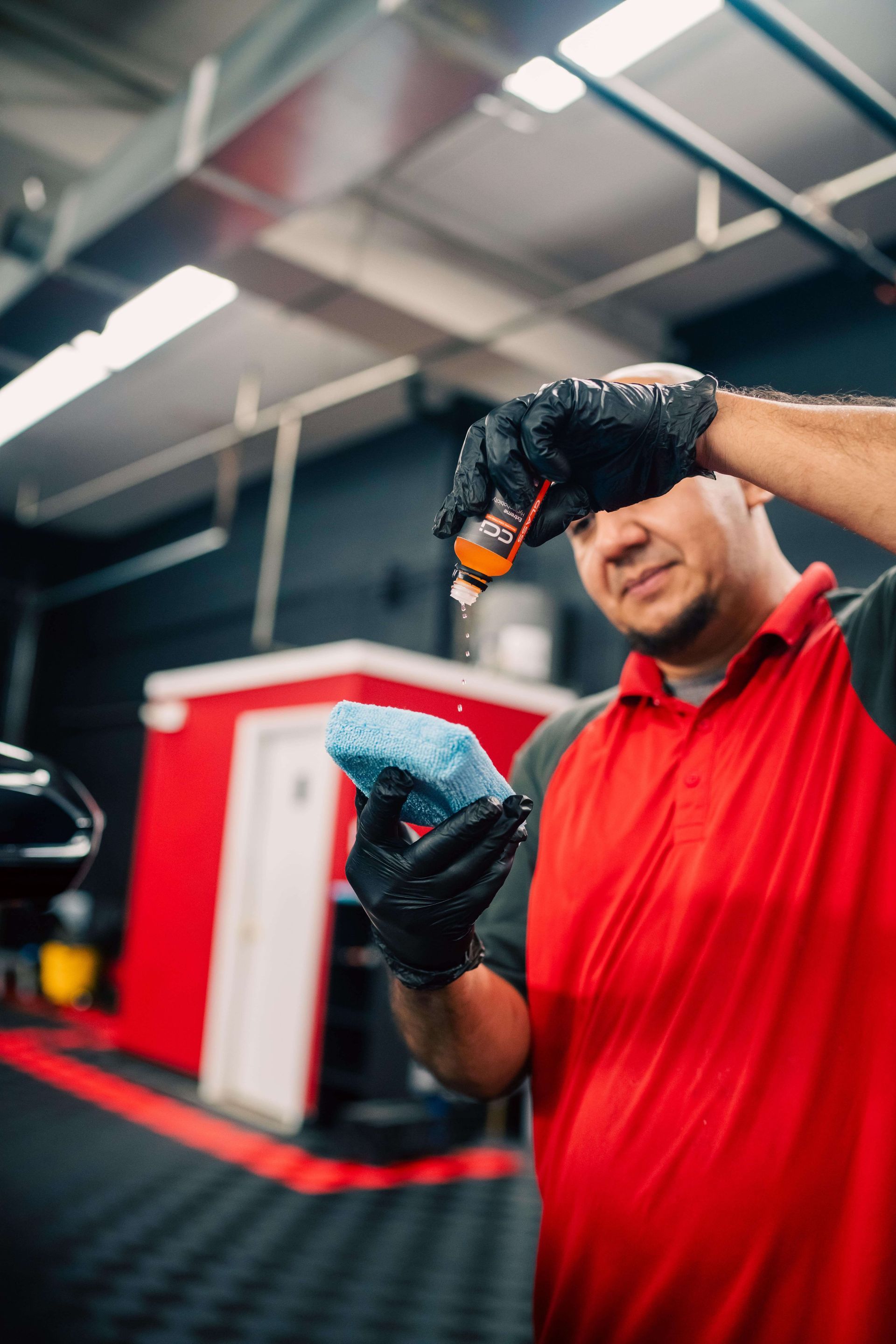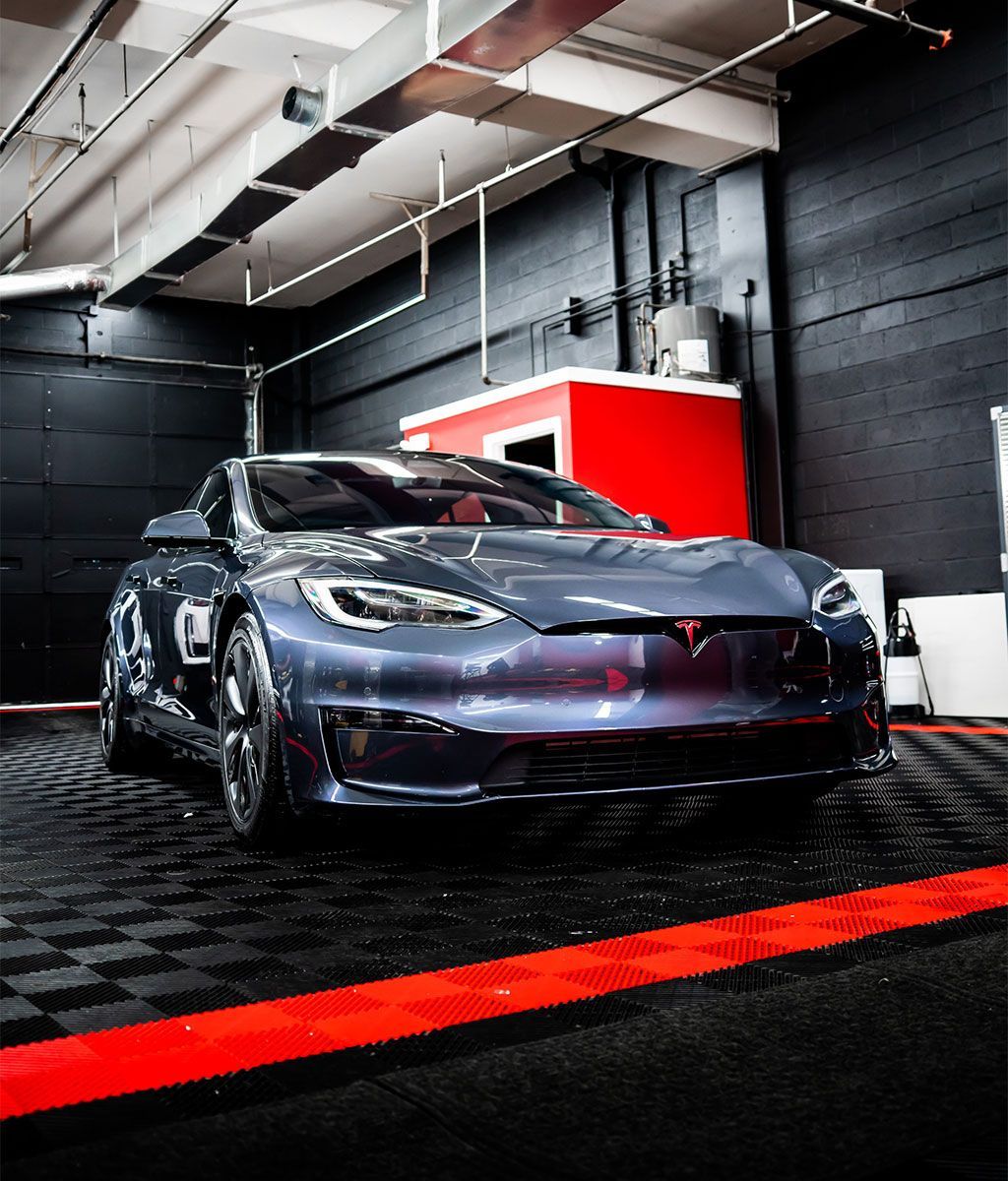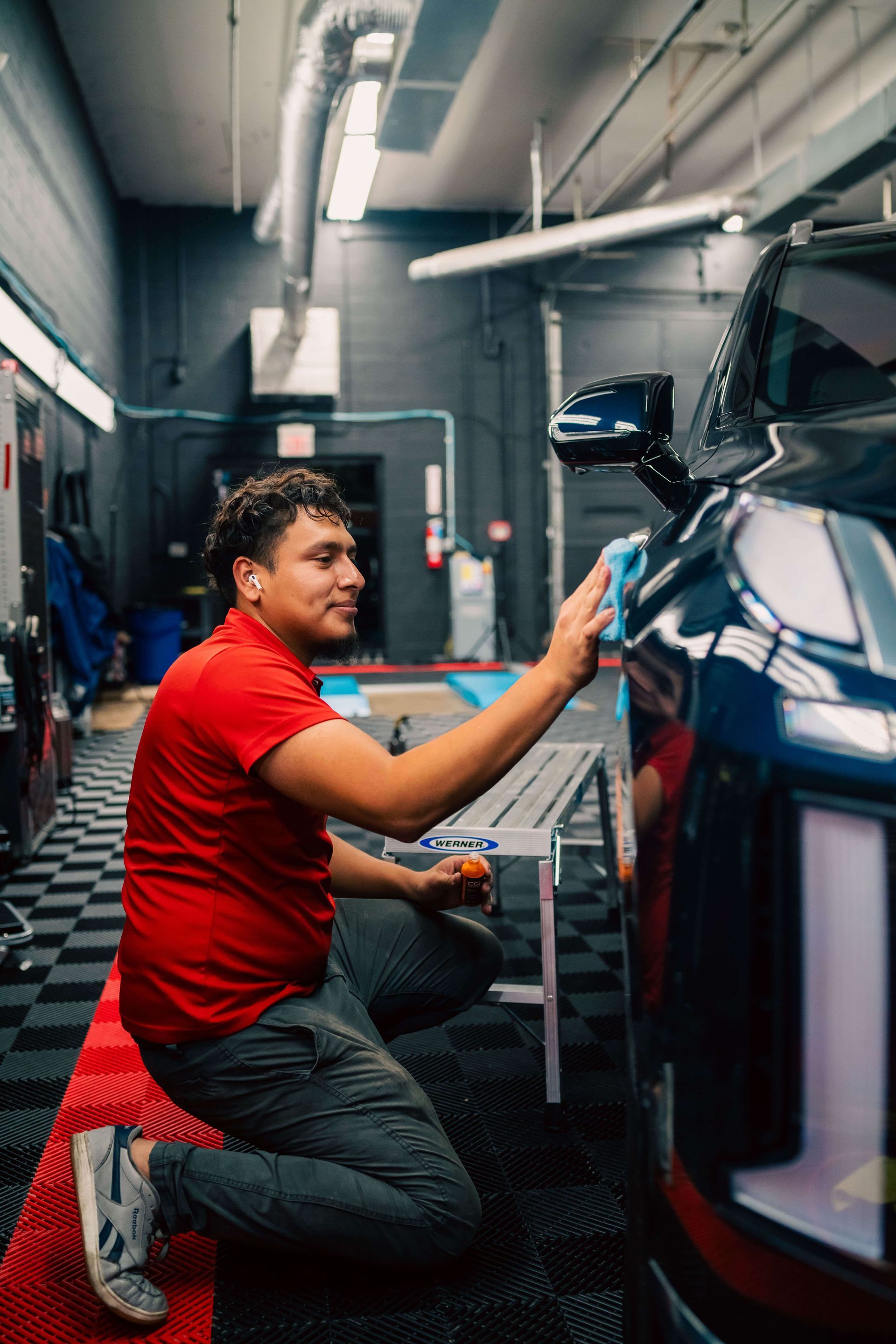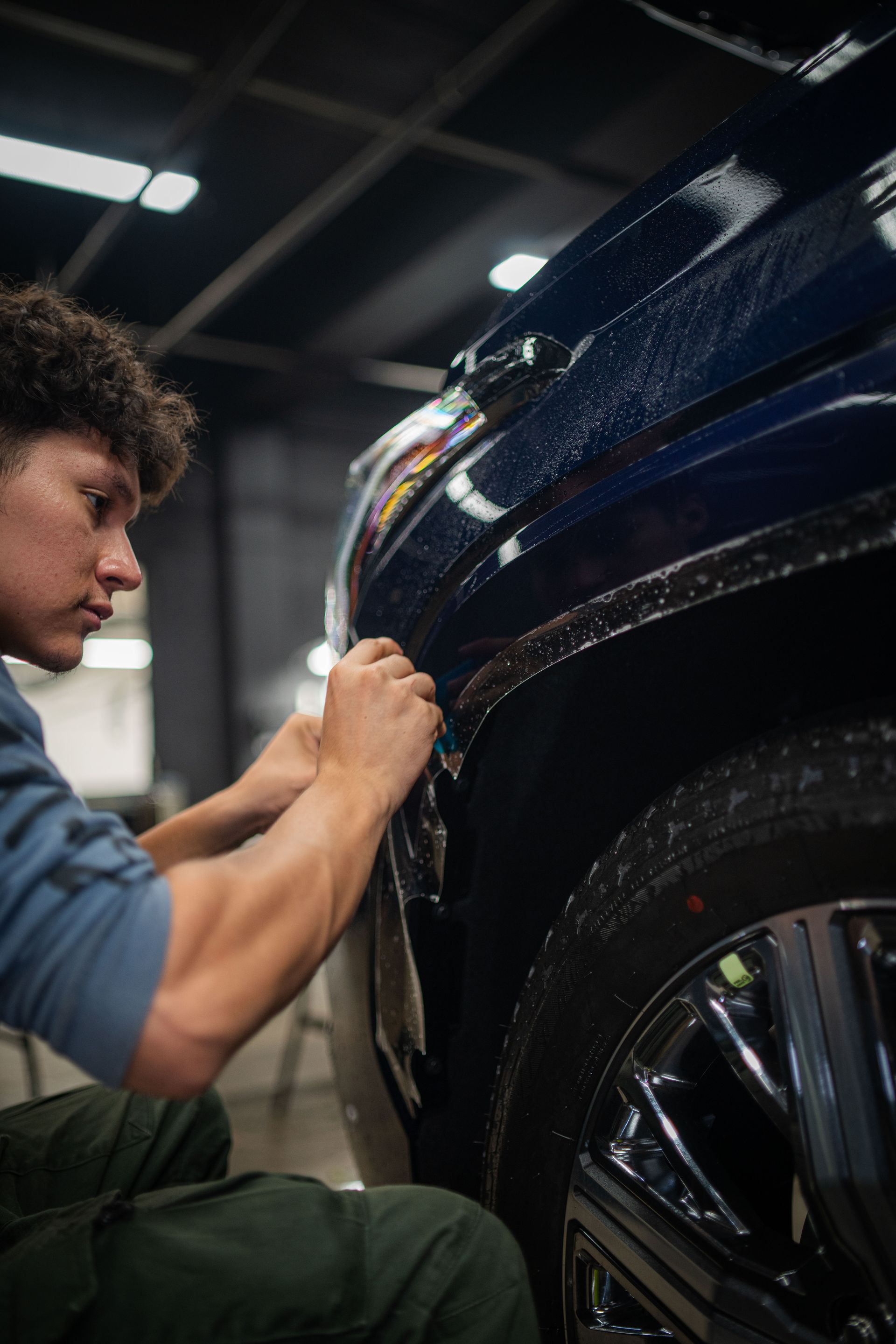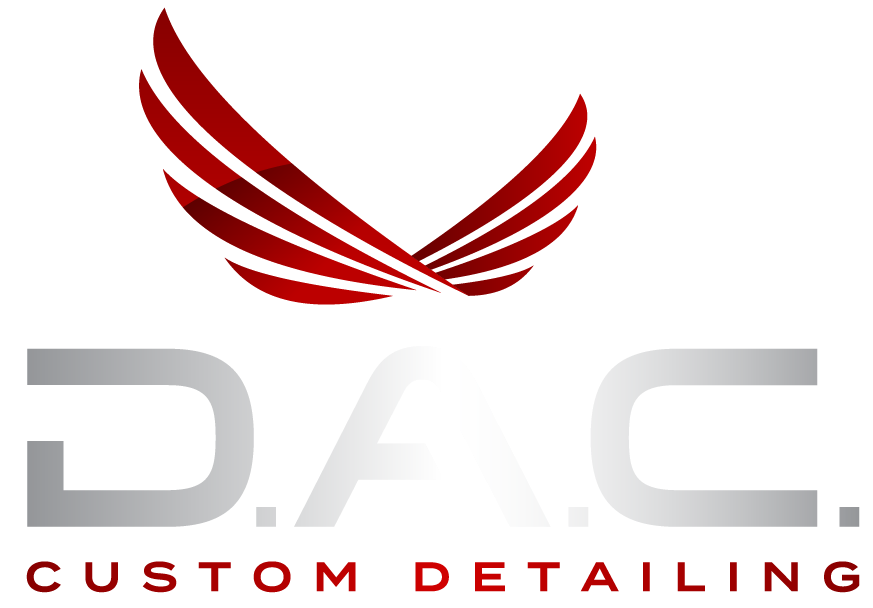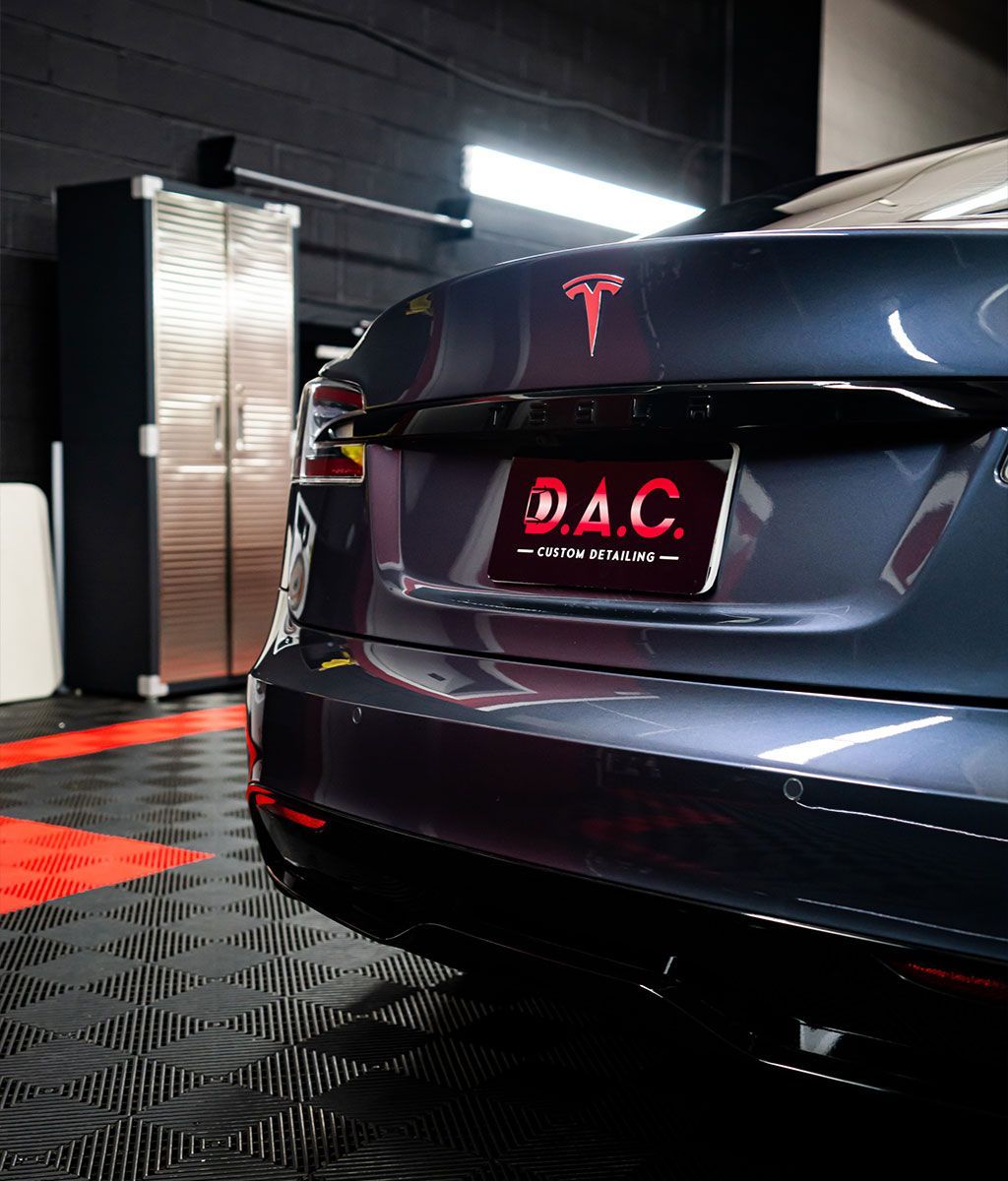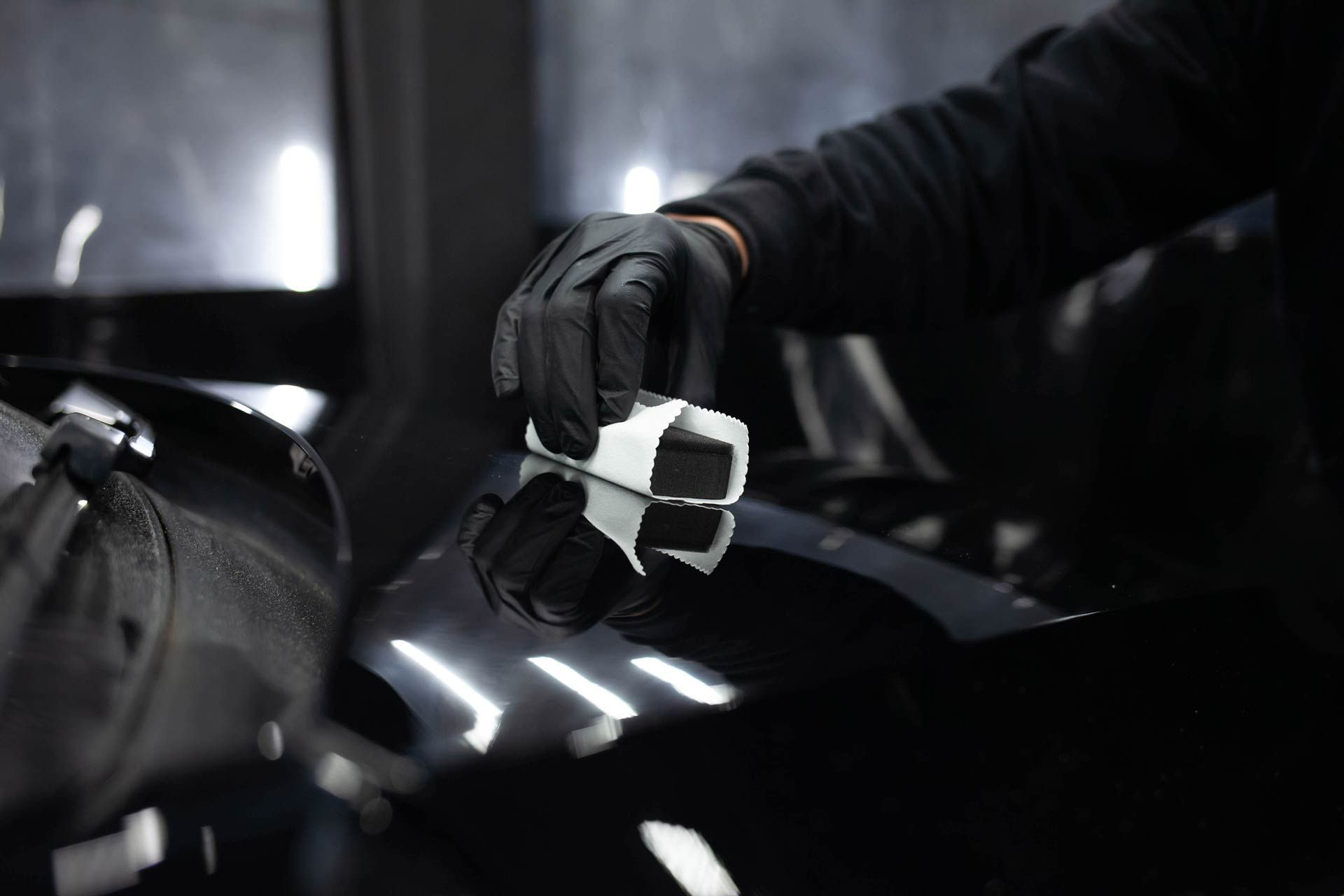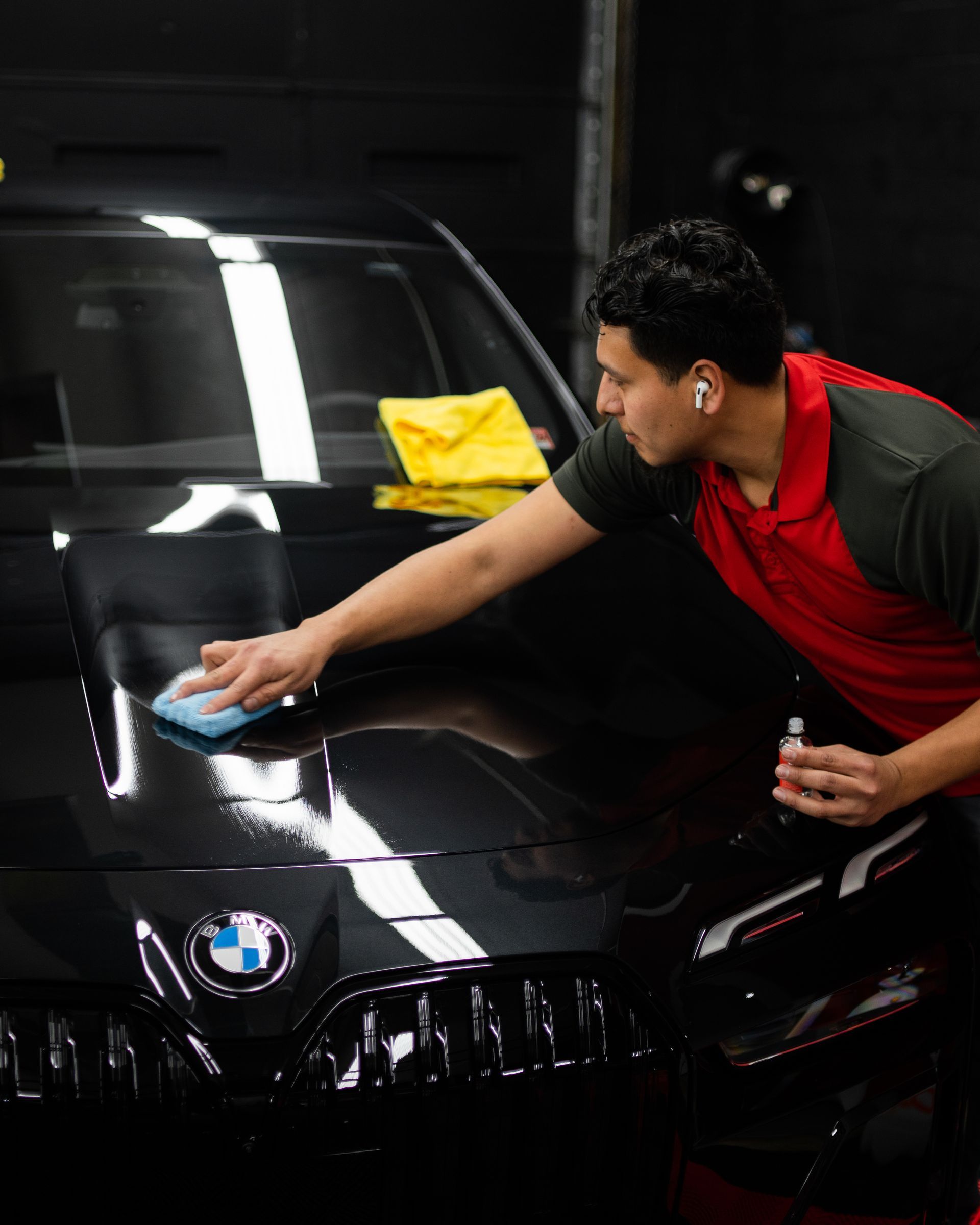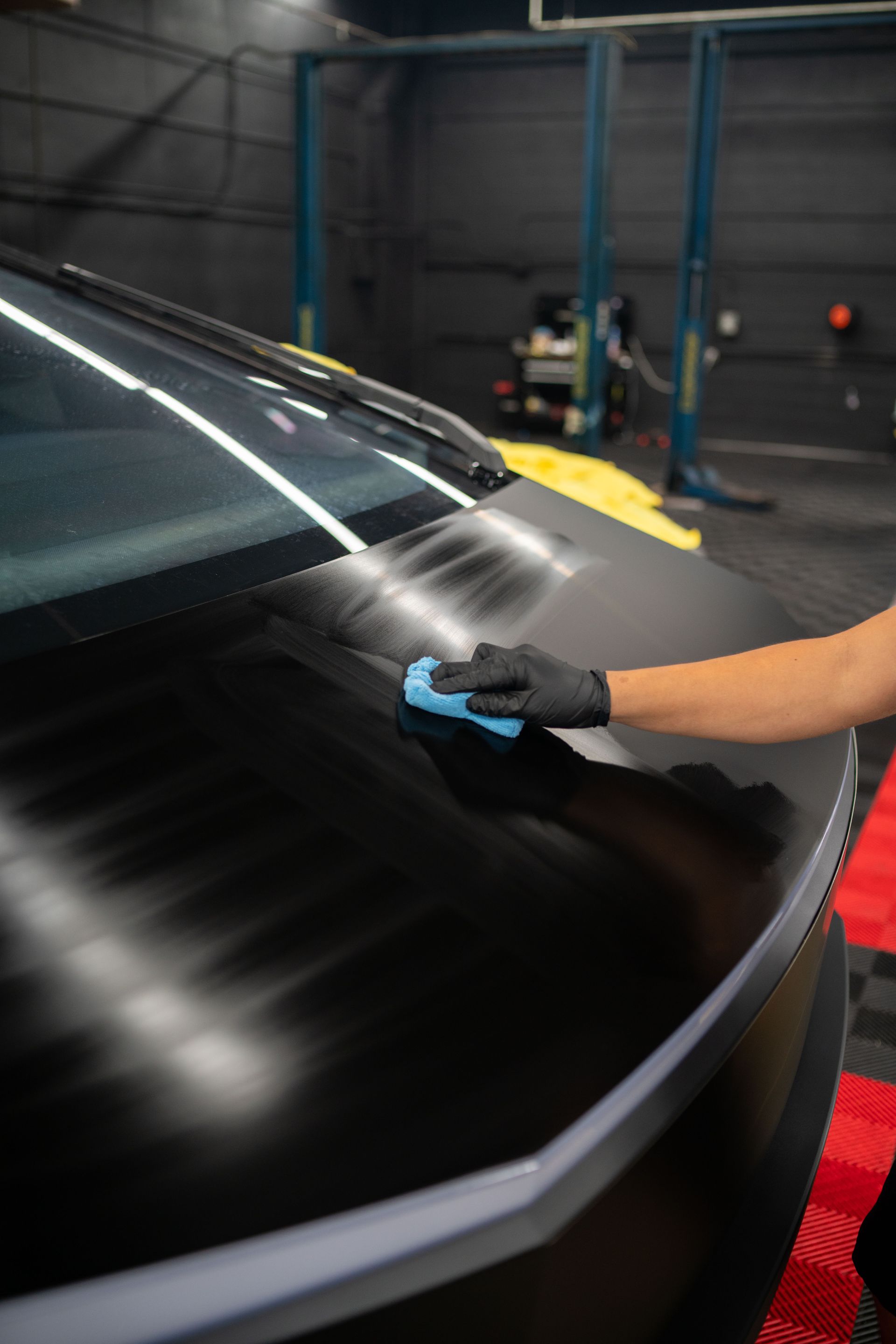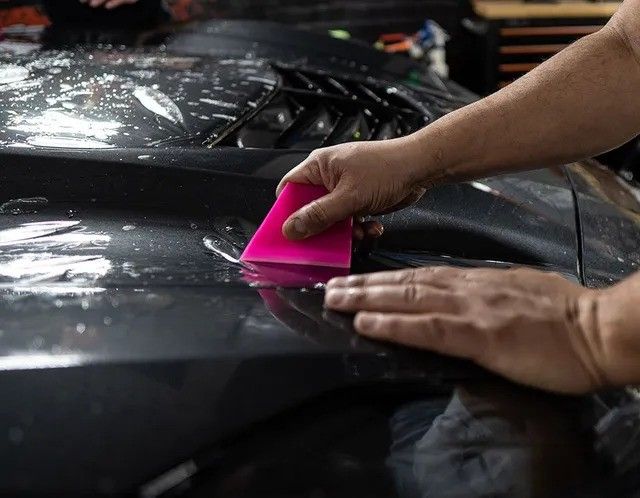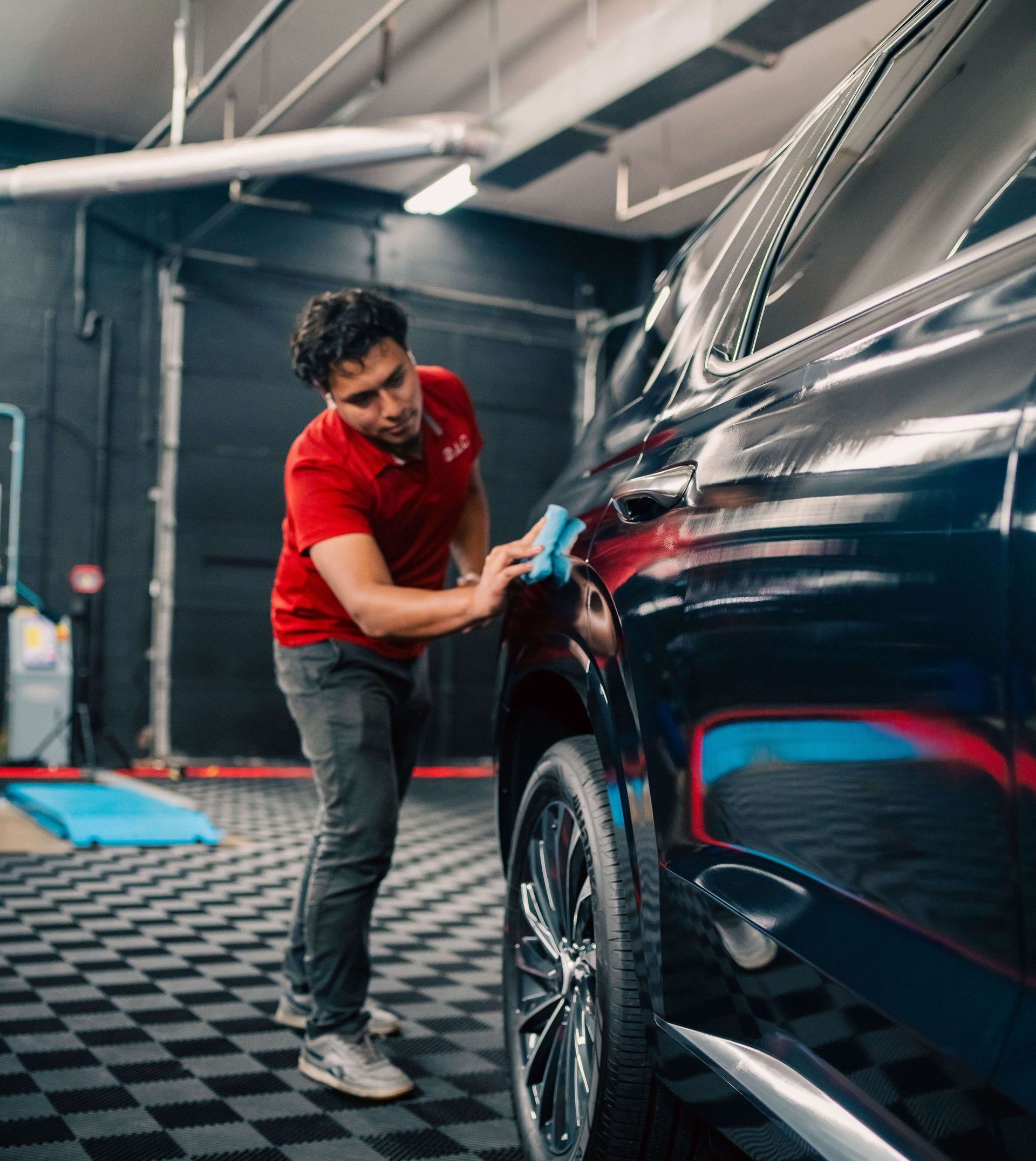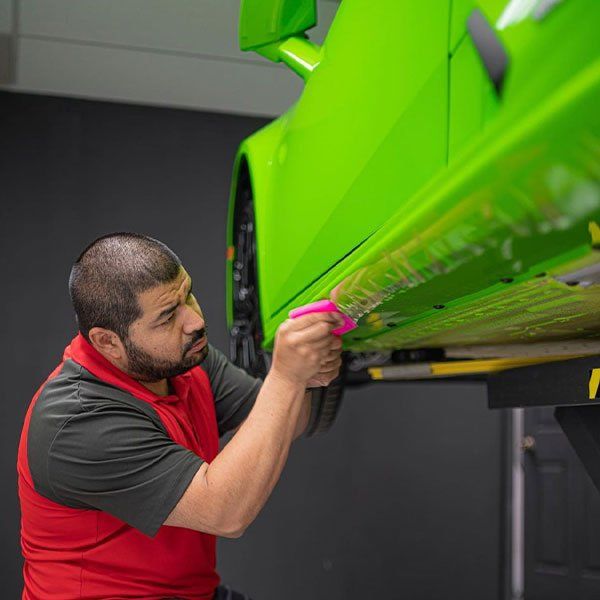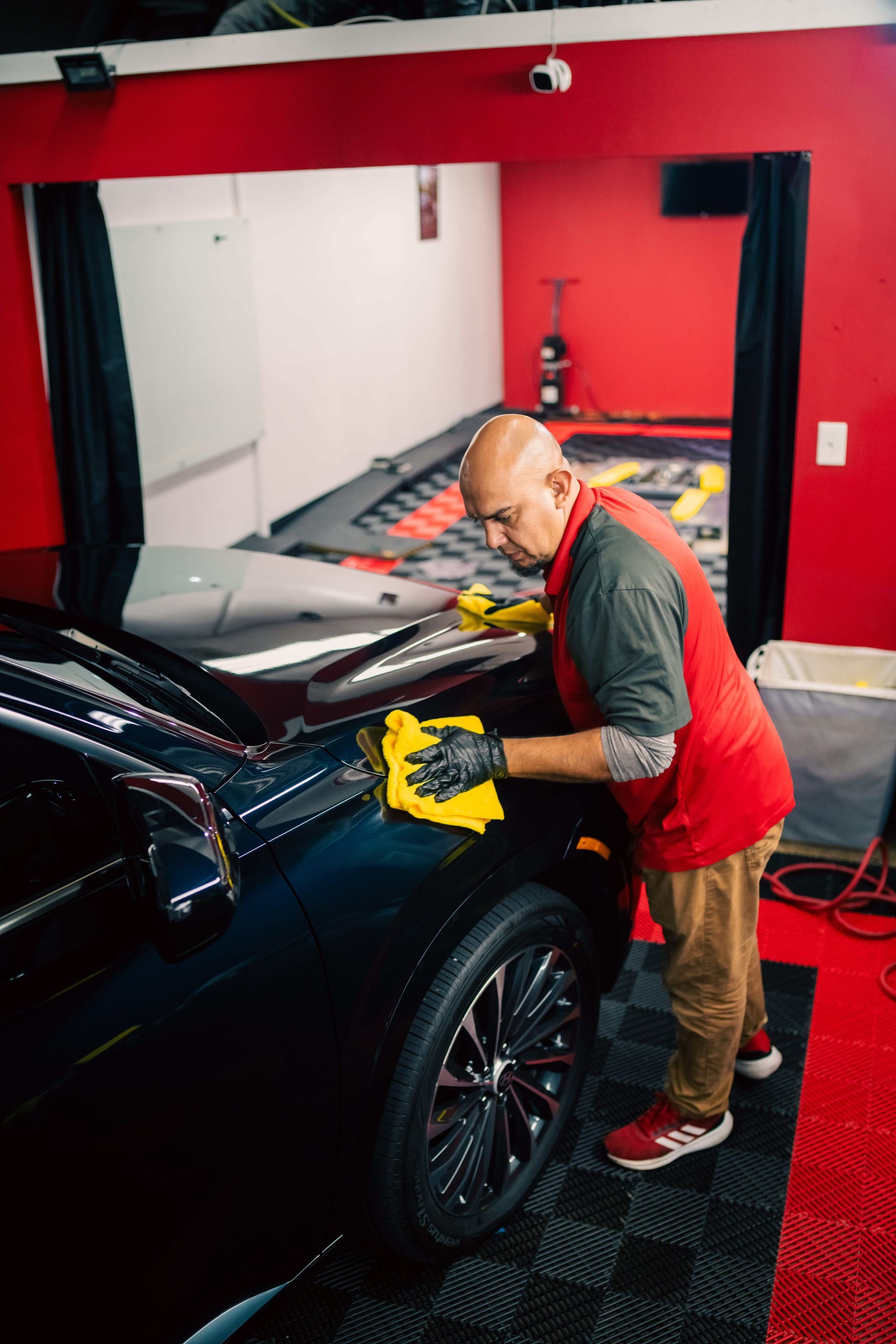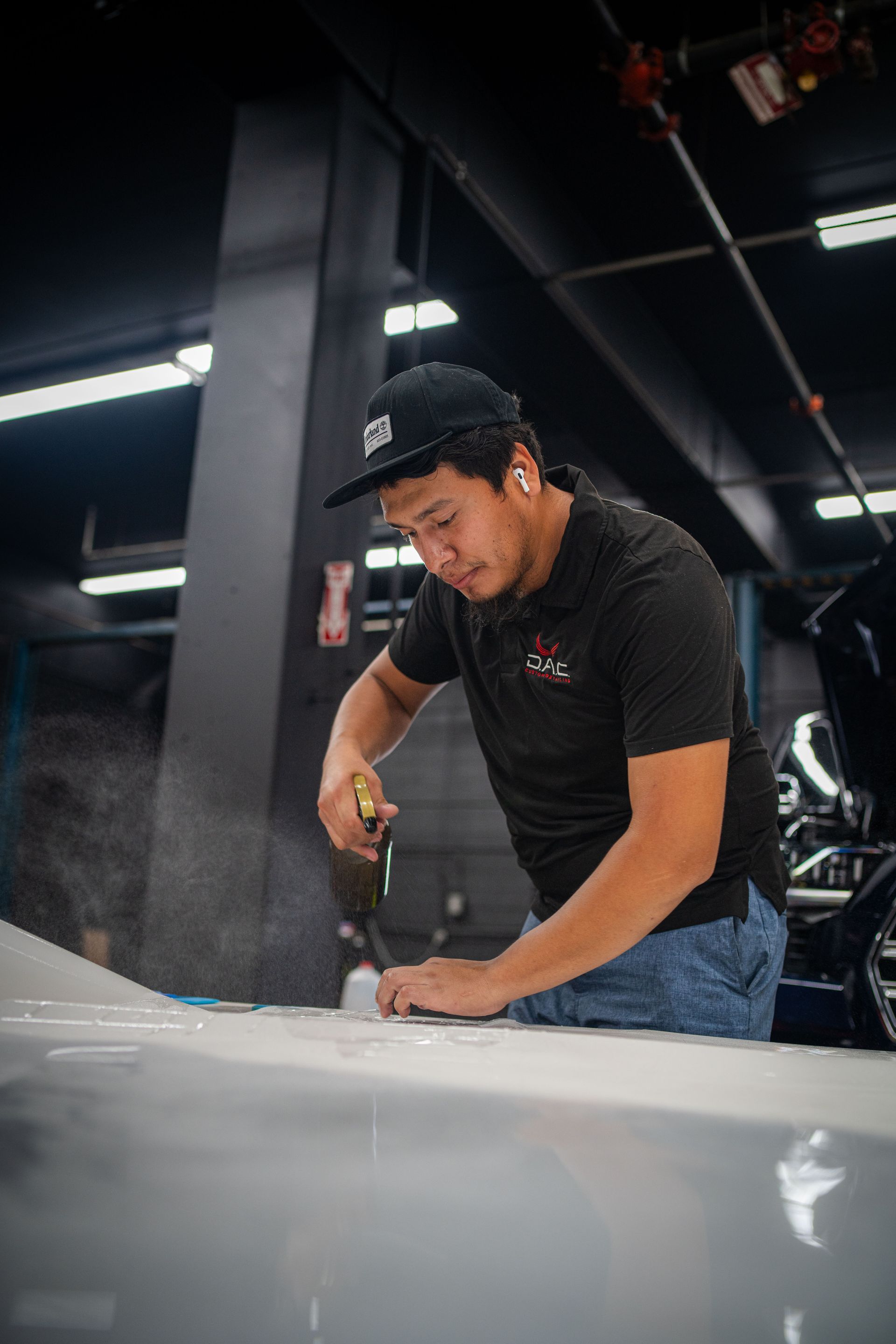REVIVE, PROTECT, MAINTAIN
Choosing between DIY and professional ceramic coatings can feel overwhelming. On one hand, there's the satisfaction of applying a protective layer yourself, making every curve of your car's body gleam under your careful touch. On the other hand, there's the ease and assurance that comes from entrusting this meticulous work to trained technicians who wield premium products with precision.
The pros of DIY ceramic coating include cost-effectiveness and personal involvement, while the cons involve meticulous preparation and potential errors during application. On the other hand, professional ceramic coatings offer exceptional durability, expert application, and attractive warranties, but at a higher cost.
DIY and Professional Ceramic Coating: An Overview
When it comes to protecting your car's paint with ceramic coating, you have two main options: DIY application or professional services. Each approach comes with its own set of advantages and drawbacks, so understanding the specifics of each method is crucial for making an informed decision.
DIY ceramic coating involves applying a specialized solution to your vehicle's exterior yourself, typically using kits that are readily available online or at auto supply stores. These kits generally include the ceramic coating solution, applicators, and detailed instructions for application. Popular DIY brands offer enthusiasts the opportunity to protect their vehicle's finish without professional assistance. Conversely, professional ceramic coating services are administered by skilled technicians who utilize high-grade ceramic coating products and advanced techniques that may not be accessible to the average consumer. Reputable ceramic coating brands used by professionals provide superior longevity and finish quality due to their specialized application methods.
For instance, professional ceramic coatings are often multi-layered with high-grade formulations designed for optimal protective properties. Trained professionals use advanced techniques and equipment to ensure uniform coverage and maximum bonding for the coating. Each option has its own distinct appeal, with DIY ceramic coating offering cost-effectiveness, convenience, and personal involvement, while professional ceramic coating services provide exceptional durability, environmental damage resistance, and attractive warranties for peace of mind. It ultimately comes down to weighing the benefits against the potential pitfalls to determine the best fit for your specific needs.
Cost Comparison: DIY vs Professional
When it comes to the vital task of protecting your car's paint, cost plays a pivotal role in the decision-making process. Let's break down the costs involved in both DIY and professional ceramic coating, so you can make an informed choice.
- DIY Ceramic Coating Costs: DIY kits range from $50 to $150. However, it's crucial to consider that this initial expense isn't the complete picture. You may need to invest in tools for surface preparation, such as applicators, microfiber cloths, and polishing compounds. These additional costs should be factored into the overall investment. There is also the potential need for touch-ups due to errors in the application process, potentially adding extra costs and time to correct any imperfections that arise during the DIY application.
- Professional Ceramic Coating Costs: On the other hand, professional ceramic coating services come at a higher price point, ranging from $500 to $2,000 or more. The cost depends on several factors, including the size of the vehicle, the level of service provided (such as paint correction before applying the ceramic coating), and the type of coating selected. This higher price tag includes not only premium materials but also skilled labor to ensure a flawless application. Moreover, professional services often come with a warranty guaranteeing the coating's performance over a specified period. For instance, higher-priced professional coatings may encompass advanced compositions with a higher concentration of protective elements such as titanium dioxide. These offer superior durability and resistance against environmental damage compared to consumer-grade materials found in DIY kits. Additionally, the expertise of trained technicians and access to specialized equipment ensure a precise and efficient application process.
By comparing these costs alongside other considerations such as available time, desired longevity of the coating, and expertise level, you'll be better equipped to make an informed decision that aligns with your specific needs and budget constraints.
Application Techniques and Challenges
When it comes to protecting your car's paint, the application process is crucial. Let's take a closer look at the techniques and challenges involved in both DIY and professional ceramic coating applications.
DIY Application Techniques
Applying a DIY ceramic coating can be a rewarding experience, but it requires meticulous preparation. Before applying the coating, you need to ensure that your car's surface is thoroughly cleaned and decontaminated. This usually involves a series of steps such as washing, claying, and possibly polishing the surface to remove any imperfections or contaminants. These steps are crucial as they directly impact how well the coating will bond to the paint. It's worth noting that the level of preparation needed for a successful DIY application can be quite time-consuming. Each step demands attention to detail, from ensuring that every inch of the car is properly cleaned to eliminating even the smallest imperfections on the paint surface. Not following these steps carefully could lead to uneven application or missed spots, ultimately resulting in unsatisfactory results and reduced protection.
Professional Techniques
On the other hand, professionals bring a level of precision and expertise to the table that can make a significant difference in the outcome. They have access to advanced tools and work in controlled environments to ensure even coverage and optimal bonding of the ceramic coating. One such technique involves machine polishing the paint before applying multiple layers of ceramic coating, resulting in a flawless finish. This machine polishing step is crucial, as it helps perfect the paint surface by removing any imperfections and creating an ideal foundation for the ceramic coating to adhere to. The knowledge and experience of these professionals play a key role in minimizing potential errors and achieving consistent, high-quality results.
By understanding these differences in application techniques, it's clear that while DIY applications offer personal involvement and cost-effectiveness, they require a significant time investment and carry a risk of errors. Conversely, professional services provide exceptional expertise along with advanced techniques and equipment, ensuring uniform coverage and maximum bonding for the coating. Having examined the application techniques, it's evident that both DIY and professional methods come with their own set of challenges and advantages.
Results and Durability: DIY vs Professional
When it comes to the results and durability of ceramic coatings, there are distinct differences between the outcomes of a do-it-yourself approach and a professional application. DIY ceramic coatings can certainly bring a satisfactory level of protection and enhancement to your car's paint job. When applied carefully and with meticulous attention to detail, they can offer temporary protection from environmental elements such as UV rays, chemical hazards, and environmental contaminants. However, it's crucial to note that the durability of DIY coatings generally falls short compared to professional applications. In most cases, a DIY ceramic coating might provide around 1-2 years of reliable performance given proper maintenance and care.
In contrast, professional ceramic coatings are engineered to deliver exceptional longevity. When expertly applied and maintained, these coatings can last anywhere from 3 to 5 years, depending on the product used and the level of care provided to the car. The superior resistance to UV rays, chemical hazards, and environmental contaminants offers remarkable protection for your car's paint. This not only maintains the glossy appearance but also reduces the frequency of washing required to keep your vehicle looking its best. Professional coatings can withstand a wider range of contaminants, like bird droppings and tree sap, maintaining the pristine look of your car with less effort.
While DIY ceramic coatings can provide an initial improvement in aesthetics and some level of protection, professional coatings stand out for their exceptional durability and long-lasting performance. The investment in a professional application is rewarded with extended protection, reduced maintenance efforts, and a consistently stunning finish for years to come.
Time and Effort Involved
When it comes to DIY ceramic coating, time is a significant factor. If you choose to take on this project yourself, you need to set aside a substantial chunk of time for the entire process. The process encompasses extensive surface preparation, application, and curing. For beginners, this can be a challenging task that may take up to 4-6 hours or more. The surface preparation alone, ensuring it is free from contaminants and imperfections, is a meticulous process. Additionally, applying the ceramic coating requires precision to ensure even coverage and consistent results.
Professionals, on the other hand, have the advantage of advanced techniques and equipment at their disposal. Trained technicians can swiftly complete the entire application process within just a few hours to a day. Their expertise allows for efficient methods and uniform coverage, reducing the overall time investment for you as the car owner. Think of it like baking a cake; when you're a novice baker, each step takes more time as you carefully measure and mix. However, an experienced pastry chef can whip up that same cake in no time, effortlessly handling each aspect with precision.
So, if your schedule is tight and your time is valuable, opting for professional ceramic coating services can save you the hassle of detailed preparation and application while providing efficient results in a much shorter timeframe. Considering the time and effort involved in DIY versus professional ceramic coating can help you make an informed decision based on your priorities and resources.
Choosing the Right Option for Your Vehicle
When it comes to protecting your car's paint, it's essential to consider your personal circumstances and usage patterns to make an informed decision about whether a DIY ceramic coating or a professional service is the better fit.
Assessing Your Needs
Think about what you want from the ceramic coating. If you're comfortable with meticulous work and have a tighter budget, then choosing a DIY option might be suitable. On the other hand, if you prioritize exceptional, long-lasting results and minimal effort on your part, investing in a professional ceramic coating service may be worthwhile. Consider this: Would you rather spend more time and effort to save money or invest in a superior solution that offers convenience and durability? This is where understanding your needs becomes crucial.
When it's time to decide between DIY and professional ceramic coating, evaluating your needs will steer you in the right direction. If you have a knack for precision work and enjoy tackling projects on your own, a DIY solution might be a good match. Conversely, if you value top-notch protection and are willing to invest in a service that guarantees optimal results with less hassle, professional ceramic coatings may be more suitable. If you take pride in applying a coating yourself and have the time to devote to learning the process thoroughly, a DIY kit can be cost-effective and satisfying. Conversely, if your busy schedule leaves little room for such tasks, or you simply prefer to leave it to the experts, then opting for professional application is a sensible choice.
Considering Vehicle Usage
Take into account how frequently and under what conditions you use your vehicle. Vehicles that are used daily and exposed to harsh weather conditions will benefit from the robust, long-term protection offered by professional coatings. On the contrary, if your vehicle is used occasionally or kept in a garage most of the time, a DIY coating might suffice. It's essential to evaluate your willingness to maintain the coating regularly. Professional applications often come with maintenance instructions and warranty options. Consider whether you're ready to commit to following these guidelines for prolonged protection.
For example, if your vehicle is constantly exposed to road salt, heavy rain, or intense sunlight due to daily use, a professional ceramic coating provides an added layer of defense against these harsh elements. On the flip side, if your vehicle is only used sparingly or kept sheltered from extreme conditions, a DIY ceramic coating might meet your protection needs adequately. By considering your vehicle's usage patterns and your commitment level towards maintenance routines, you'll be better equipped to weigh the pros and cons of DIY versus professional ceramic coatings. Whether it's ensuring long-term protection against environmental damage for a daily driven car or seeking a more modest solution for occasional use vehicles or those kept indoors, the choice ultimately comes down to what aligns best with your preferences and lifestyle.
Understanding these factors will help guide you toward making an informed decision about which ceramic coating option is the best match for your specific situation. Ultimately, finding the right ceramic coating option involves assessing your priorities and understanding how they align with your lifestyle and commitment level. Armed with this knowledge, you can confidently choose between DIY and professional ceramic coatings for optimal car paint protection.
Top-Notch Ceramic Coating Service in Alexandria, VA
Enhance and protect your vehicle's finish with D.A.C. Custom Detailing's top-notch ceramic coating service in Alexandria, VA. Our advanced ceramic coatings provide a robust barrier against environmental contaminants, UV rays, and chemical stains and hazards, ensuring your car maintains its vibrant, glossy appearance. With meticulous application and high-quality products, our expert team ensures long-lasting results that make maintenance easier and your vehicle stand out. Trust D.A.C. Custom Detailing for top-notch protection and a stunning finish. Schedule your ceramic coating service today and experience the best in vehicle care. Call us at (703) 298-1864 to get started!
Share with friends
